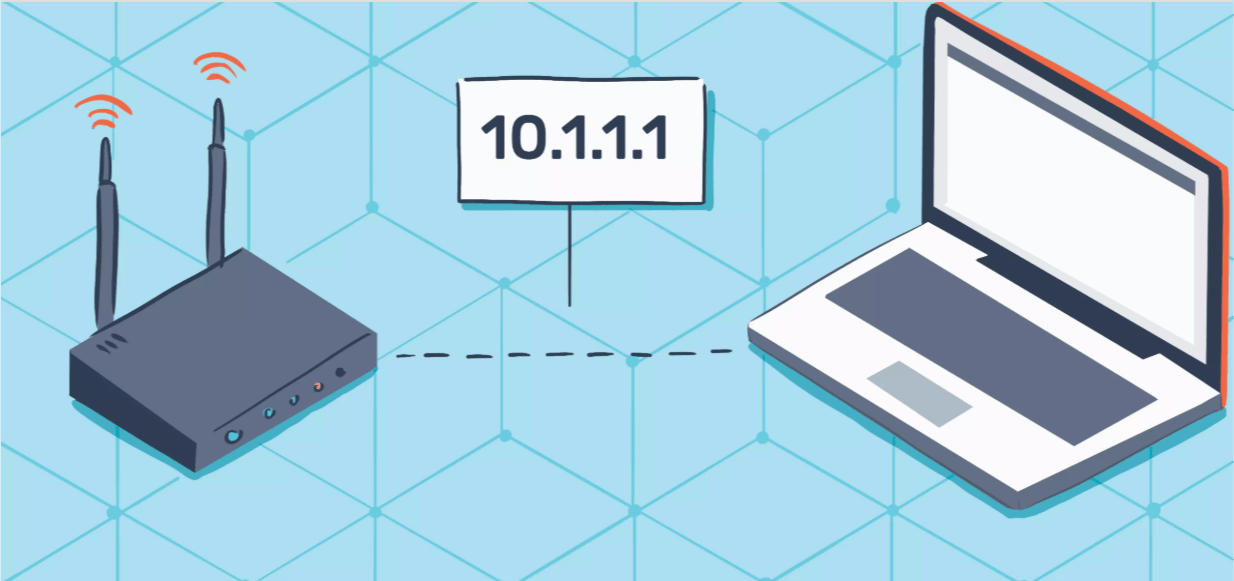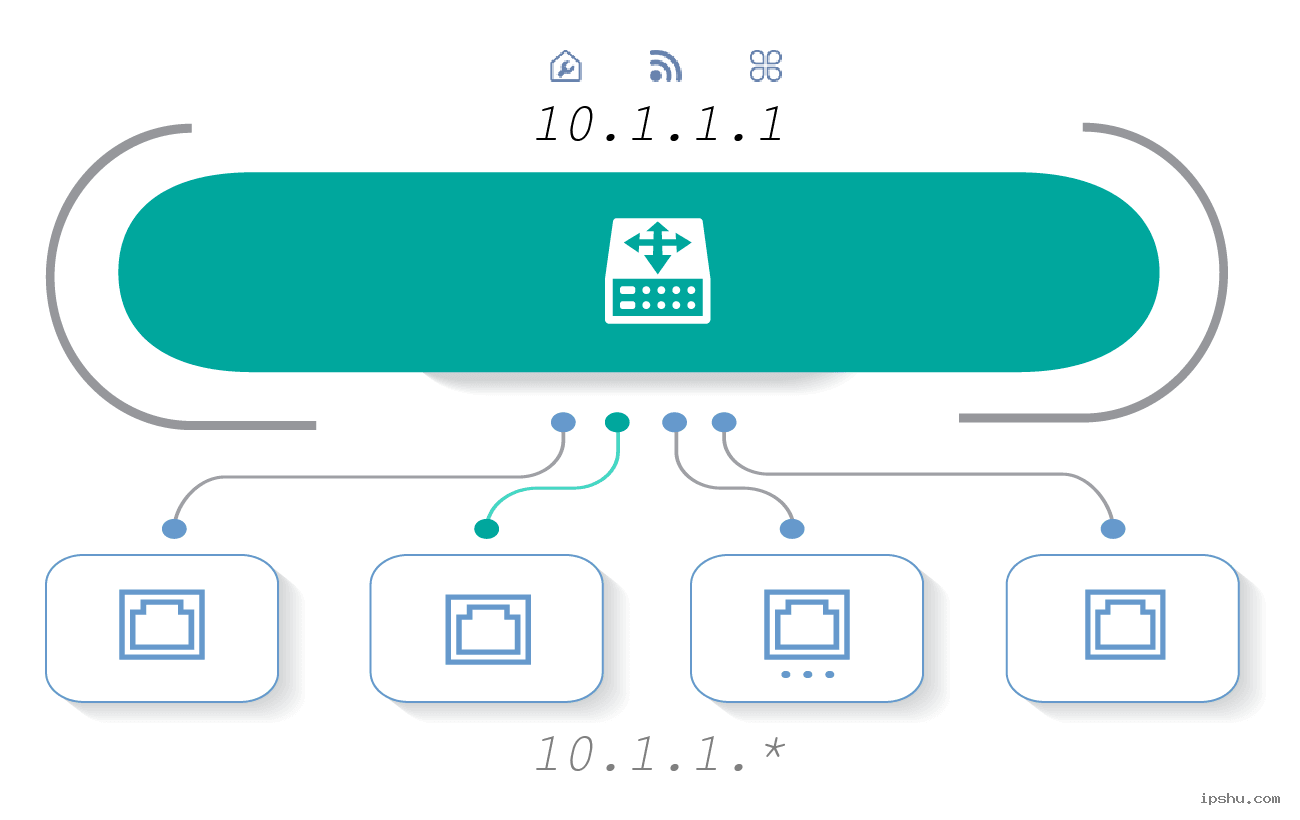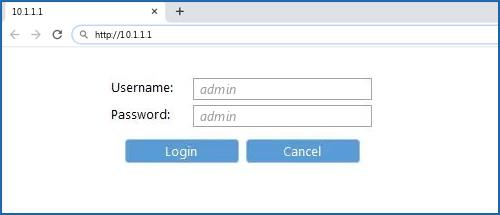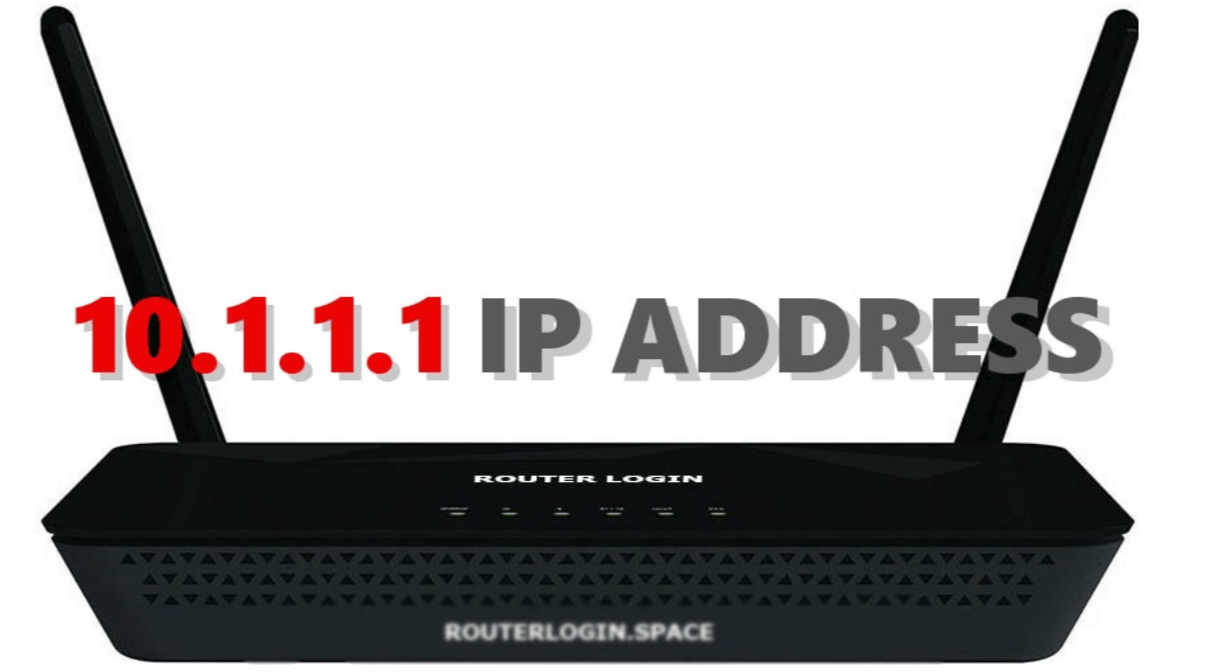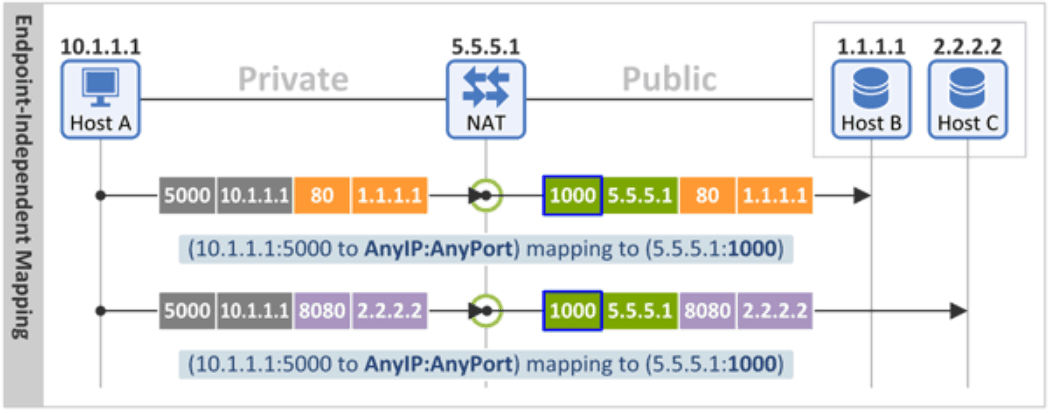If you have a crucial interest in IP addresses and want to know everything about 10.1.1.1, then you are in the right place. It is an intriguing-looking IP address. The 10.1.1.1 belongs to the much-renowned category of Private IP addresses. Do you know what Private IP addresses are?
Private IP addresses are not organization-specific addresses. Any organization can use that. If you are using an individual IP address within your network, and your neighbor has the same address on his net, it won’t cause any trouble.
Now, let us discuss our main topic in detail.
See Also: 192.168.0.254 Admin Login, Password, and IP [Complete Guide]
Contents
Getting To Know 10.1.1.1
As I mentioned, this is one of the private IP addresses. It comes under the limit of class A IPv4 addresses (the first class).
Also, 10.1.1.1, a private IP, cannot interact outside its network(home or institution or whatever); it cannot use the internet. However, you can use a Virtual Private Network (VPN) or a proxy server as an intermediary.
Internally, the IP addresses in this class, like 10.1.1.1, have their first bit set to zero (in a binary system).
This IP address is used when you need to gain control of a device with IP address 10.01.1.1 or restrict access to the device. But that is not it. The device should be compatible with the range of the IP address.
In addition, the router must be configured accordingly. Another thing: if your device does not use this IP address and you want it to. After that, you can change your IP address to 10.1.1.1. However, it should not be used for collisions or a low chance of collision. This can mess things up badly.
For example, you want to change your computer’s address to 10.1.1.1, already assigned to your router. Then you should NOT go ahead and change it. The other way around, if it is your Computer’s address, you should not make 10.1.1.1. As your router’s address.
See Also: 192.168.1.128 Admin Login, Password, and IP [Complete Guide]
Things You Should Know About 10.1.1.1 IP Address
Addresses have been used to avoid collisions for privacy. The idea behind this was the co-existence of multiple similar addresses across networks, as public lectures were insufficient.
Another fun trick to avoid a clash is using the ping command to ensure no other device inside your network has the IP address 10.1.1.1. Convenient enough, huh?
Of course, it can be used to log into the settings page, like all its counterparts. So, shall we take a look at how to do that?
See Also: 192.168.0.1 Admin Login, Password, and IP [Complete Guide]
The Login Procedure (10.1.1.1)
Let me take you through the steps of forming the logging procedure 10.1.1.1.
- Assuming you have a stable internet connection, open your web browser. Brownie points if it has all the updates installed. In its address bar, you must type “http://10.1.1.1” cautiously, checking the dots and not writing the quotes.
- After you perform step 1 and hit enter, you will get to the login page in seconds. There, you have to fill in your login details. Passwords are usually case-sensitive, so be mindful of that.
If you changed the credentials earlier and cannot remember them now, use the default ones to log in. If you don’t know what they are, check the manual/guide with the router. But before you enter them, you will have to reset the router.
After filling in the required credentials, press the login button.
- If all goes as planned (which it should), you’ll be taken to the “10.1” settings page, where you’ll find a few settings. You can change whatever and however, you want.
See Also: 192.168.8.1 Admin Login, Password, and IP [Complete Guide]
My Advice?
It will be wise to jot down your settings before tinkering with them. That way, you can recover the previous stages if you disarrange something.
Even if you get everything right, when dealing with all these technical things, specific problems keep coming up occasionally.
So I will list some problems and things to bear in mind. After all, you can never be too watchful.
See Also: 192.168.2.2 Admin Login, Password, and IP [Complete Guide]
Recurrent Problems
These are the frequently occurring problems when you are using 10.1.1.1. Let us take a look:
- Sometimes, it happens that typing the address does not take you anywhere. The reason may be that you did not organize the IP address attentively. Perhaps you ordered commas by mistake instead of dots. Check it twice before you press enter.
The other possible reason could be that 10.1.1.1 is not your IP address; maybe it changed. You can check the IP address by typing cmd in your Computer’s search bar.
The Command prompt opens, then type “ipconfig.” It will show a list of IP addresses. From there, the default gateway is your IP address.
- Make sure the cable/wires provide an internet connection. Also, check that they are correctly installed and not loose. Check them and tighten them if they are free.
- If you use a wireless way of connecting to the internet, refresh it before joining.
- There are chances that you miswrote the digits. Double-check the IP address before you fire the enter button.
These are the prevalent mistakes anyone could make. Being a little cautious could take you a long way.
FAQs
What are the benefits of using 10.1.1.1?
Keeping the admin login IP address within the designated private IP address range reduces the likelihood of IP address conflicts with public addresses. It is also less predictable for potential attackers as the admin login's IP address due to its less frequent use than specific default IP addresses.
Are there alternatives to using a web browser for admin login with 10.1.1.1?
Yes. Alternative methods of admin login, such as mobile apps or command-line interfaces, may be available for some networking hardware. Information on the various access options can be found in the device's literature.
What dangers could arise if 10.1.1.1 is not used to secure admin login?
An insecure admin login exposes your network to threats, such as malevolent actors disrupting your network, unauthorized configuration modifications, and security breaches on networking equipment.
How can I access 10.0 0.10 admin?
Join the same network as your router to access the admin interface. You can usually find the admin information for your router in the manual or on a label on the device itself. Open a web browser and enter those data. For configuration and control, access the router's administrative settings.
Conclusion
This is all about 10.1.1.1. I hope you will find it helpful enough. Share your thoughts on this guide’s usefulness in the comments section below. We’d be glad to hear from you!
See Also: 10.0.0.1 Admin Login, Password, and IP [Complete Guide]
You can always find me with a cup of coffee Googling anything and everything related to the networking. Refer to our detailed How-To Guides on wifi routers and never face any issue with router again!
